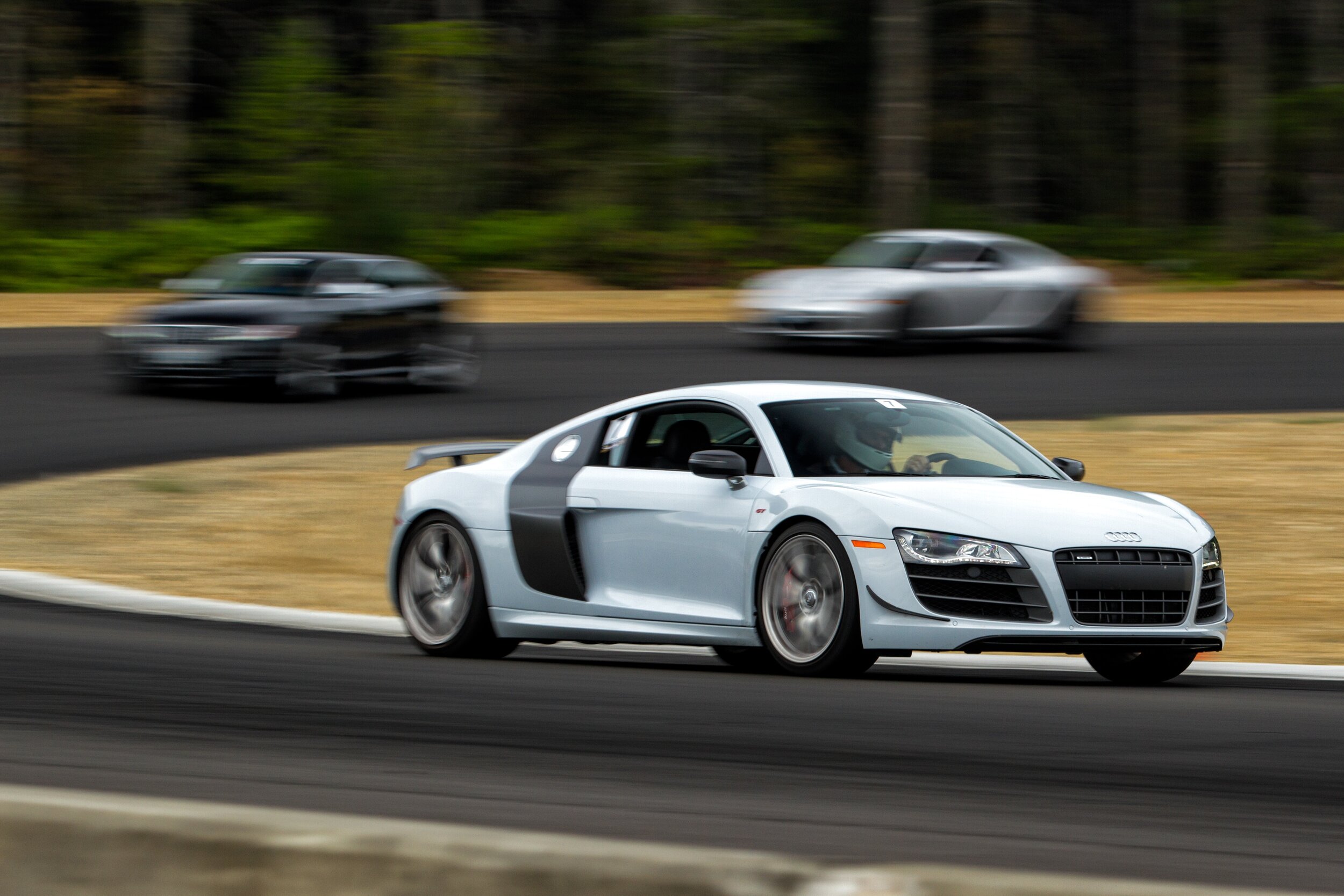Racing
Cryogenic processing dramatically reduces wear in engine components in two ways:
First, by eliminating the stress induced by the manufacturing processes, stabilizes the components dimensionally and homogenizes the molecular structure. Every engine part is made by casting, forging, machining, or forming – and all are major stress builders. Heat from combustion causes the component parts to expand in different directions at different rates because different metals have different coefficients of thermal expansion. This causes drag and binding, which in turn produce friction, wear and inefficient power utilization. By cryogenically treating the components, you can severely reduce this friction, wear, and stress by retaining enhanced thermal properties.
Second,
by smoothing the surfaces of the cylinder walls, rings, pistons, pins, cams – in short, every part in an engine. This surface smoothing reduces drag and therefore increases net horsepower. In transmissions and differentials, cryogenic processing increases wear resistance for hardened gears, bearings and other parts because of austenite transformation. It also smoothes all surfaces, which again reduces drag. This allows the engine to turn the gear train easier, so the vehicle will transmit more power to the wheels, plus run smoother and faster. Brake rotors at least triple in life.
Rotors
One customer of ours, a rally-cross racer, used to change his rotors every two weeks (he raced every weekend) because they would become warped. He installed a set of cryogenically processed rotors for testing and evaluation. He has over 50,000 miles on them and says that they work like new. He also states that an added benefit to the treatment is noticeably reduced brake fade.
Suspension
We have found success in multiple areas of suspension applications in cars to include delrin, spherical type, and solid bushings. Please contact us to discuss your specific application and what we can do to improve it’s performance.






There are a host of positive things cryogenics does for engines, gears and other moving parts.
Engine blocks are more stable for machining and running.
Head bolts, rod bolts and main bearing bolts torque better since they are smoother in the threads and all at the same stress-free level.
Increased net horsepower is the result of reduced friction, higher compression and less blow by.
Breakage of parts like valve springs and connecting rods is reduced.
Valve springs come closer to spring rate matches and show less harmonics.
Torque and RPM increase.
Race engines run 3-4 times longer between rebuilds.
Gear shifting is quicker and silkier from smoother surfaces and fits.
There is less wear and breakage on gears, splines and axles.
Longer life in all types of bearings.
APPLICATIONS USED IN MOTORSPORT APPLICATIONS:
AXLES - BALL BEARINGS - ENGINE BLOCKS - CAMSHAFTS - CLUTCH PLATES - CONNECTING RODS - CRANKSHAFTS - CYLINDER SLEEVES - DRIVE SHAFTS - FLYWHEELS - GEARS - HEADS - INTAKE MANIFOLDS - PISTONS - MARINE LOWER DRIVES - PLANETARY GEARS - PRESSURE PLATES - PUSH RODS - RINGS - ROCKER ARMS - ROLLER BEARINGS - SPARK PLUGS - SPARK PLUG WIRES - TURBO COMPONENTS - TRANSMISSIONS - U-JOINTS - VALVE SPRINGS - VALVES - WRIST PINS



